Despite a lack of racial diversity, gender equality, originality, strong box office returns or general cultural interest in things that aren’t Taylor Swift or “Orange is the New Black”, the movies manage to put out more than a few good ones each year.
But because all of the above are all anyone’s been clamoring for this year, it’s hard to say this was a strong year for the movies and then read a post like Mark Harris’s in Grantland. His article “The Birdcage” is the most compelling and informative Death of Cinema post you’re likely to read this or any year. He argues that Hollywood is following superheroes down the franchise rabbit hole, in which it isn’t enough for a movie to be a movie; it has to fit with the brand.
I look at my Top 10 list now and only see two blockbusters, only one of which will become a franchise, so presumably it can’t all be bad. But increasingly I’m not so sure. Following the events of “The Interview,” will Hollywood be likely to take the risks that produced that movie, among many of the other daring films this year? It’s unlikely that anything will ever be made quite like my Number One selection this year, but does the audience for such a film get smaller or larger moving into 2015?
The 10 films I’ve listed here are simply the ones I enjoyed the most, not necessarily the ones most likely to push cinema forward or be the game changers the industry needs. Later this week I’ll list out my picks for the 11-30 Best Films of 2014, and hopefully those will help tip the scales a little more.
Filmed over 12 years, Richard Linklater has done the remarkable and filmed a life in progress. “Boyhood” is a movie you feel you can live inside and has a life story that could continue forever.
The story of its making has become the thing of legend, marking it as one of the most easily ambitious projects in the history of cinema. But “Boyhood” is a movie of modest proportions: an innately likeable, easily enjoyable film unlike any masterpiece.
Familiar coming of age themes feel much more honest because we’ve watched Mason grow and mature over so long. It’s a film that’s vividly observant of the important people and moments that arrive and vanish so quickly, like Mason’s childhood best friend spied from the rear window of their car as they pull away forever, or the step-siblings Mason is forced to leave behind in a hurry. The characters are rich enough that films “Girlhood” or “Momhood” could easily fill in the blanks of Mason’s story. And Linklater’s clever use of pop-culture relics throughout the 2000s is as perceptive about how we’ve grown as a culture as it is about Mason.
Near the end of “Boyhood”, Mason asks his father an important question: “What’s the point of it all.” For a movie that seems to do little more than echo and observe our lives, those watching “Boyhood” and responding to the film’s massive hype may feel similarly. Thankfully, Mason Sr.’s answer never felt truer: “The good news is that you’re feeling stuff.”
Laura Poitras’s gripping documentary on Edward Snowden is the stuff of “All the President’s Men” and “The Conversation,” in which a slow, sinister, mysterious burn can reveal the greatest twists and controversies, arguably making this the most important movie of the year. Though he says time and again he doesn’t want the NSA story to be about him, “Citizenfour” is all about Snowden. Poitras takes us deep down the rabbit hole to a point where no surprise would be beyond belief. She observes him covering his laptop with a blanket to avoid surveillance and silently peering out his hotel window at hidden demons. Poitras’s doc goes to the next level by making it about more than Edward Snowden the informant, but Edward Snowden the person, unveiling his fears, insecurities and the careful nuance of how he made his escape.
Following a failed experiment to save the Earth from global warming, all of mankind now lives on a perpetually moving train divided firmly along wealth barriers, where the wealthiest live in sci-fi splendor and the poor live in dystopian squalor. “Snowpiercer” is a bleak, violent and surreal look at the broad, caricature of the human condition. Director Joon-ho Bong’s film makes a bold and blunt allegory about the way the world works, and amid the beautifully photographed action sequences and garish, even humorous depictions of the human class system, he finds little worth liking. It’s an unholy blend of Quentin Tarantino and Terry Gilliam, and the film’s murky ethics of a world without compassion, philosophy or anything other than the ugliest of emotions only add to its sinister, allegorical stakes.
Watching “Gone Girl” is like gnawing at a nagging itch, with each detail of Nick and Amy Dunne’s unraveling marriage and her impending disappearance continuing to burrow into your skin and jab at your sides. David Fincher is remarkably attentive to the expressions, emotions and tones of voice that in sensitive situations like this can make us conflicted, uncertain and on edge. His film is as aware of the ways we project ourselves in the modern age as “The Social Network” did before, but “Gone Girl” also combines the meticulous mystery of “Zodiac” and the feminist charge of “The Girl With the Dragon Tattoo”. Fincher takes Gillian Flynn’s polarizing novel and makes it rightfully unsettling; it’s not quite a procedural, a thriller or a traditional caper, bending genres and perspectives in a way only Fincher can.
“The Lego Movie” is the most pleasant surprise of the year. Phil Lord and Christopher Miller’s film moves so quickly in an absurd, screwball rhythm that it feels like the entire Internet worth of memes and GIFs rolled into one film. But no one expected a movie by the “21 Jump Street” guys to be this richly and colorfully animated and this acutely self-aware. “The Lego Movie” takes its required toy tie-ins and makes them narrative and aesthetic gems, with the animation alternating between “Avatar”-grade CGI and charmingly silly uses of actual Legos. These moments make for hilarious and random sight gags but also provide the heartfelt reminder that all this creativity and innovation can stem from a child.
“Whiplash” is the “Raging Bull” of jazz drumming. It’s an intense, brutal psychological drama that also happens to be complete with an exciting jazz score. J.K. Simmons is absolutely electric as a viciously cruel music instructor who believes greatness can only come from abuse, and Miles Teller as his pupil is just as incredible as an actor capable of going past his breaking point to bloody lengths. Damien Chazelle’s film knows what insanity and obsession look like, and armed with furious and precise editing, he has the guts to likewise push the film to its limits. “Whiplash” finds its greatness in lengthy performance sequences and a thrilling finale that go on longer and are more punishing than any director would think to make them.
Wes Anderson’s films have long reveled in nostalgia, but none have been tempered with as much loss as “The Grand Budapest Hotel.” Shot in multiple aspect ratios and briefly crossing several generations, the story of The Grand Budapest Hotel as run by its fastidious caretaker M. Gustave (Ralph Fiennes) is a forlorn tale of fading glory. War is creeping in on the fictional land of Zubrowska, and even as the most hopeful like M. Gustave try to educate the next generation with wisdom on the goodness of mankind, even he can’t help but concede, “Oh fuck it.”
And yet in aiming to find the former glory of the past, Anderson has made a film as rich and funny as any in his career. The hilarious sight gags of expertly crafted pastries, miniature digging tools or cartoonishly elaborate ski slaloms feel like part of Zubrowska’s intricate fabric and world building, not just the playful eccentricities of a director. But Fiennes’s eloquent taskmaster of a character, obsessed with even the tiniest detail, seems to channel Anderson’s inner genius. Fiennes joins Anderson’s cast of regulars and finds himself right at home, giving this completely zany caper a soul that’s missing from even some of Anderson’s best. (This blurb is set to appear in Sound on Sight’s Best of the Year poll)
“Under the Skin” is less a film but an experience, one that combines the grimly fantastical and the grimly mundane to make something that is as much human as it is alien. Jonathan Glazer’s film captures the kaleidoscopic images that made “2001: A Space Odyssey” and “Vertigo” genre bending classics, but this aural/visual experience is largely unlike any film ever made. It’s a mostly plotless yet immersive movie with impressive power and dramatic tension. Scarlett Johansson pulls off an immense acting challenge in working with people who don’t even realize they’re being filmed or talking to a movie star. Johansson switches her charm on and off like a switch, and in portraying an alien she finds a way to communicate what it must be to experience pain and fear for the first time.
In a time when vampire films are particularly in vogue, Jim Jarmusch has made his coolest film yet, finding a unique vessel for stories about layabouts, mismatched relationships, ironic affinities for the retro and people who wear sunglasses indoors. Tom Hiddleston and Tilda Swinton have effortlessly fashionable chemistry as his vampires, and “Only Lovers Left Alive” is dripping with cinematic style and intelligent relics of culture from Galileo, Tesla and Darwin. Only in a Jim Jarmusch film can the conversation switch from the wood used in a classic guitar to a social commentary about modern society’s slow deterioration. The vampires here may be undead, but their eventless lives contain more beauty and wisdom than the humans they view as simply brain dead.
Pawel Pawlikowski’s “Ida” tells the story of an orphaned nun who learns the bombshell of her true name, the death of her family and that she’s a Jew upon meeting her hard-drinking aunt. The two travel across country to locate her parents’ graves in 1960s Poland, where the effects of war still linger. At first what just seems like a fascinating coming-of-age, fish out of water story transforms into a drama with powerful stakes and shocking turns. “Ida” looks absolutely stunning in the traditional Academy aspect ratio and black and white, channeling Dreyer with off-kilter framing that puts these characters at odds with their own world. At a crisp 82-minutes, spending the time to watch “Ida” is a sacrifice worth making.
Honorable Mention: The Look of Silence
“The Look of Silence”, a documentary by Joshua Oppenheimer, is the follow-up to “The Act of Killing.” That film was a disturbing portrait of a killer, even going as far as to create a feeling of empathy for this now strangely charming old man. And while “The Look of Silence” lacks “The Act of Killing’s” surreal edge, Joshua Oppenheimer’s latest film requires the understanding of why these men are so open to discussing their sins with the camera. In attaining that access Oppenheimer can now appropriately hold their feet to the fire. But “The Look of Silence” proves to be the much more human story, looking to one of the victim’s parents and his children in their search for empathy, regret and remorse from these perpetrators. Oppenheimer finds moments of levity and humor that cross three generations, but also finds people feeling mortified, confused and changed right in the moment. I got the chance to see it at the Chicago International Film Festival this year, but it gets a theatrical release midway in 2015. Had it come out this year, “The Look of Silence” would rise as high as Number 2 on this list.
Top 10 Actors
- Ralph Fiennes as M. Gustave in “The Grand Budapest Hotel”
- J.K. Simmons as Fletcher in “Whiplash”
- Jake Gyllenhaal as Louis Bloom in “Nightcrawler”
- Miles Teller as Andrew in “Whiplash”
- Edward Norton as Mike in “Birdman”
- Michael Keaton as Riggan Thompson in “Birdman”
- Steve Carell as John Du Pont in “Foxcatcher”
- Tom Hiddleston as Adam in “Only Lovers Left Alive”
- Ben Affleck as Nick Dunne in “Gone Girl”
- Ethan Hawke as Mason Sr. in “Boyhood”
Top 11 Actresses
- Scarlett Johansson as The Female in “Under the Skin”
- Patricia Arquette as Olivia (aka Mom) in “Boyhood”
- Rosamund Pike as Amy Elliott Dunne in “Gone Girl”
- Reese Witherspoon as Cheryl Strayed in “Wild”
- Uma Thurman as Mrs. H in “Nymphomaniac Vol. 1”
- Emma Stone as Sam in “Birdman”
- Agata Kulesza as Wanda in “Ida”
- (tie) Tilda Swinton as Mason in “Snowpiercer” and as Eve in “Only Lovers Left Alive”
- (tie) Marion Cotillard as Sandra in “Two Days, One Night” and as Ewa in “The Immigrant”
- Rene Russo as Nina Romina in “Nightcrawler”
- Emily Blunt as Rita (aka Full Metal Bitch) in “Edge of Tomorrow”
The 20 Best Movies of 2014 I haven’t seen yet
- Selma
- Inherent Vice
- Goodbye to Language
- Turner
- The Imitation Game
- Love is Strange
- Still Alice
- Leviathan
- A Most Violent Year
- Mommy
- Stranger by the Lake
- Rich Hill
- American Sniper
- Unbroken
- The Tale of the Princess Kaguya
- Calvary
- Beyond the Lights
- The Babadook
- Listen Up Philip
- Tracks
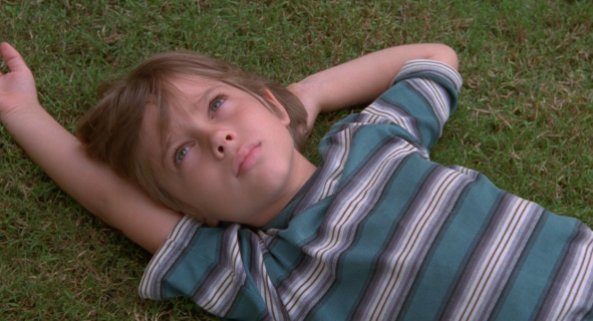
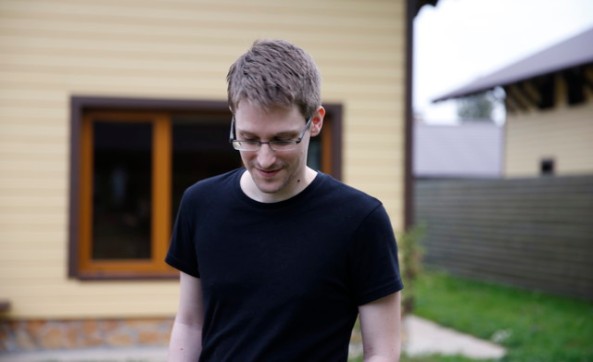
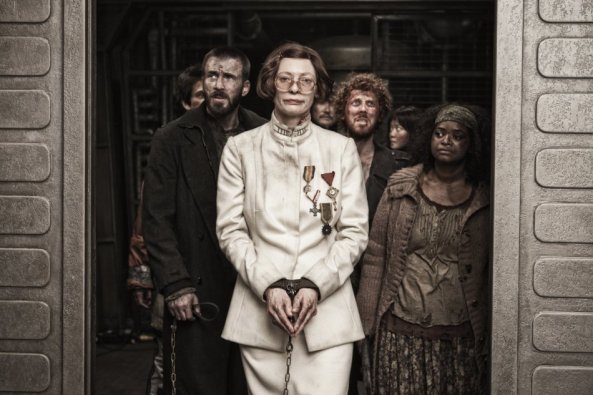
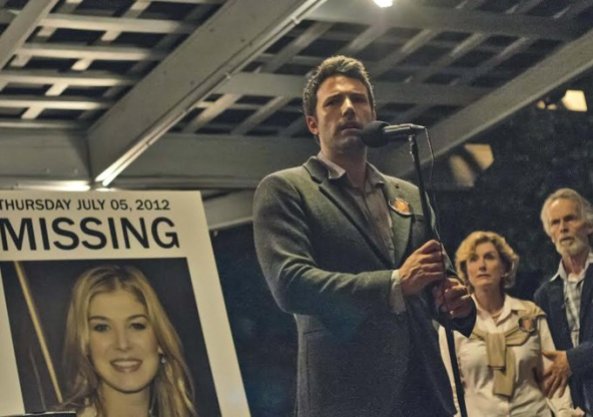
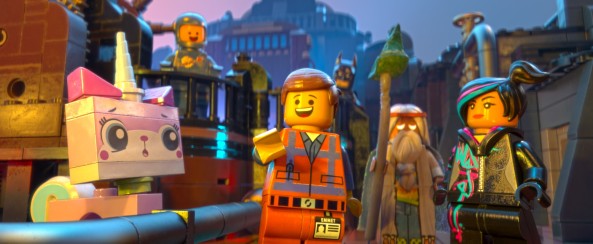
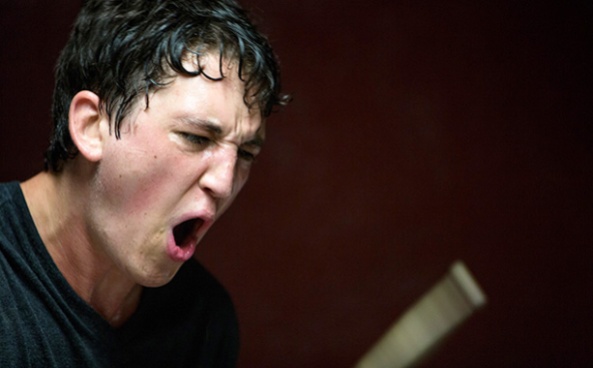
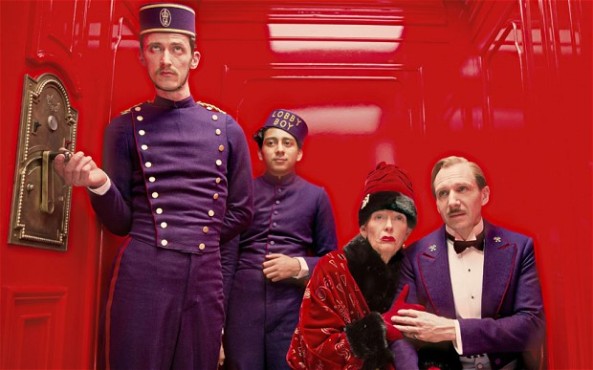
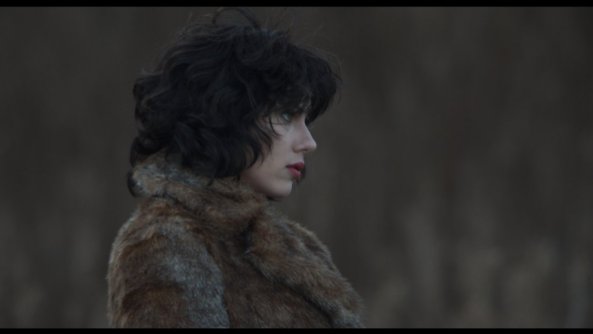
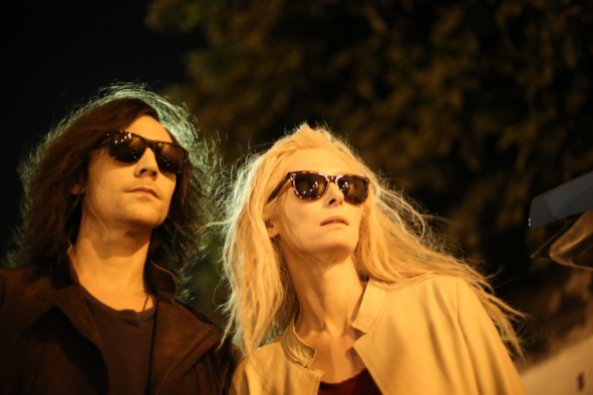
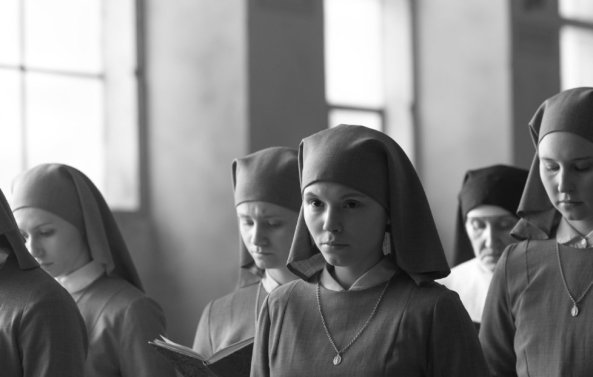
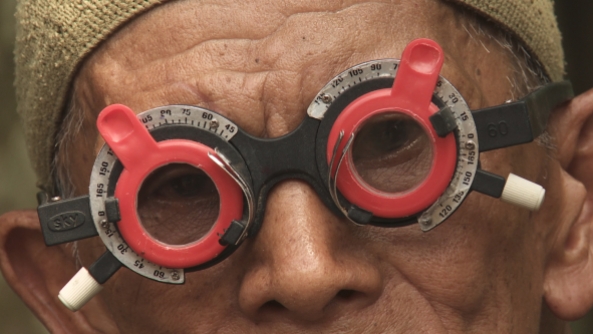
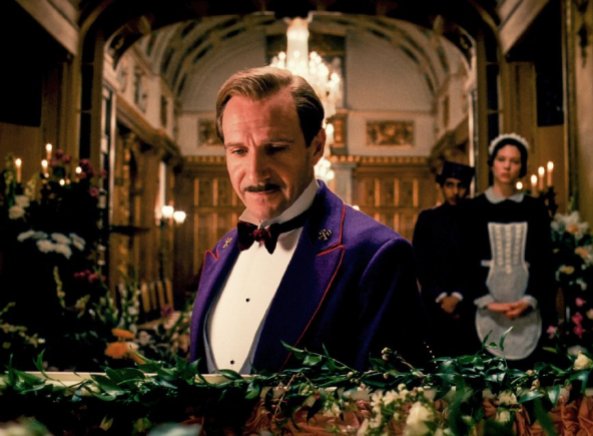
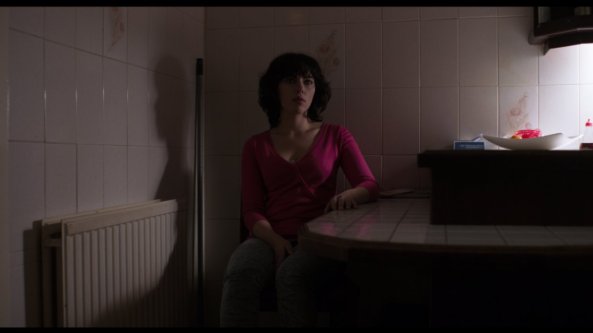
Have not seen all of the movies in your top 10, but see a lot of titles which will end up in my list as well. Had a chance to go to The Look of Silence, but had to cancel it unfortunately (which was a shame as Oppenheimer was present as well). Really interested to see that after being blown away by The Act of Killing.
Will have to sit down this week to decide what my own top 10 will be.
I can’t recommend The Look of Silence highly enough. It’s probably better than The Act of Killing if that’s not a completely outrageous thing to say. It’s the much more human film, if less surreal.
Really great list here; it appears our top ten will be very similar this year! The only exception will be Boyhood as I wasn’t a huge fan of the film :
Makes me so sad some people don’t like Boyhood. Can’t win ’em all I guess.